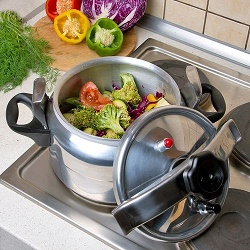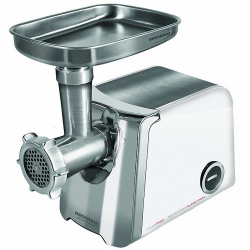How to sterilize jars in the microwave
Throughout the summer, wise housewives rush to prepare for the winter something tasty. This homemade fruit drinks, and salting, and delicious mushrooms. True, such work always takes a lot of time. Sterilization of cans in the microwave will help simplify this procedure a bit. The main thing is to strictly follow the instructions. Consider how to sterilize jars in the microwave properly.
Content
Why do you need to sterilize dishes
Technology homework is passed from generation to generation. Often, we simply adopt the whole process, without asking unnecessary questions. The same happens with the disinfection process. Producing these works, many do not think at all about their purpose.
Sterilization is necessary for:
- Preservation of harvested products for a long time.
- Safety cooked snacks.
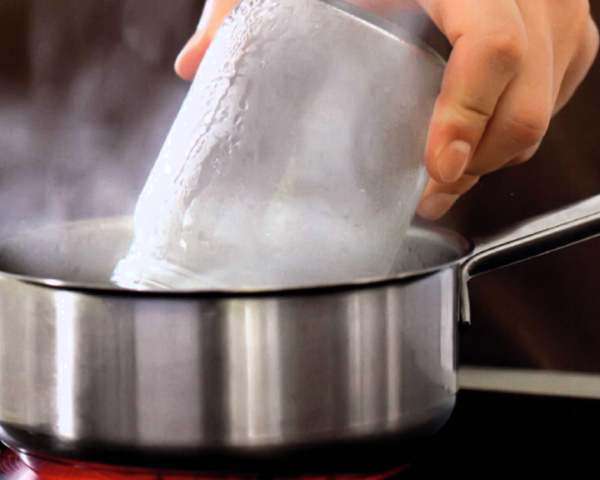
Everybody knows that spins can be stored for a long time, but not many deadly bacteria can form in badly washed containers. In the absence of air, normally harmless bacteria can develop. to dangerous toxins.
For greater effect, it is important not only to carry out a disinfecting treatment, but to thoroughly wash the products and containers themselves, as well as use only boiled water.
Microwave sterilization rules
Many wonder if it is possible to sterilize jars in the microwave? Practice shows that it is not only possible, but necessary, because it greatly simplifies the algorithm of work and leaves a lot of free time.
How to sterilize jars in the microwave, so as not to harm them and future blanks?
- It is necessary to wash the container before disinfection. To achieve the best result, you should use soda.
- Inspect the banks for cracks and chips.
- Place the prepared dishes in the microwave, do not forget to fill the jars with 50 ml of liquid.
In the oven you can put 4 small dishes at once.When working with containers of more than two liters, it must be placed horizontally, as it will not enter in height.
- After that, tightly close the door of the device and set the power switch to 900 watts. Start the oven for 3 minutes.
- Do not forget that the covers should not be sterilized in this way, as they are made of materials that must not be placed in the microwave.
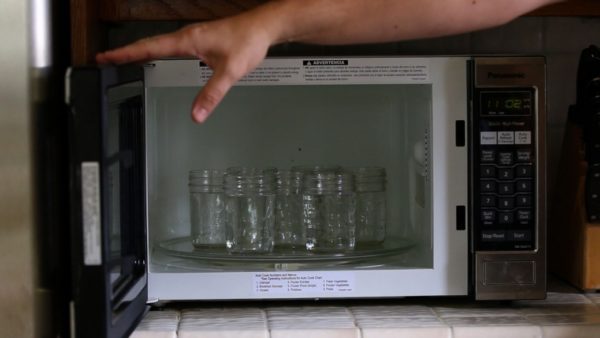
Sterilization filled dishes
A feature of this method is that it is implemented even with filled dishes. How to sterilize jars with blanks in the microwave? Just follow the directions:
- Wash the dishes thoroughly for twists.
- Fill it with the right products.
- Add some water, literally a couple of tablespoons.
- Send in the microwave for 5 minutes.
- After that, remove the container, fill with boiling water and spin the sterilized lids.
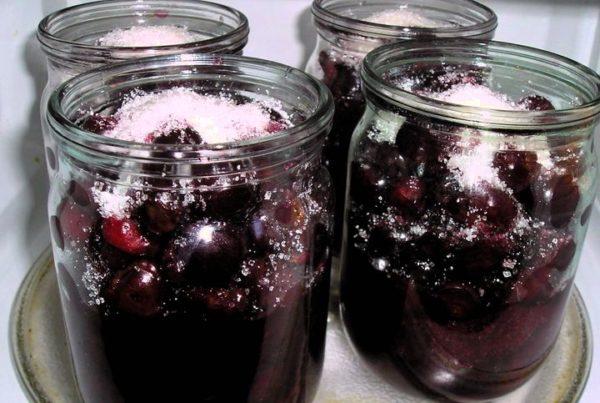
For products such as lettuce or carrots, hot pouring is not required. So just place the filled jars in the microwave, turn it on for a few minutes, and then plug the blanks.
Pros of modern technology
The technical process is constantly evolving and simplifies what was once considered almost impossible. This happens with the sterilization of dishes. The once laborious process today takes a few minutes. The sterilized product is stored much longer.
The advantages of sterilizing cans in the microwave include the following:
- Significant time savings compared to conventional steam technology.
- Simultaneous work with several banks.
- The kitchen space is not exposed to high temperatures and there does not accumulate steam, which makes indoor work impossible.
Useful tips
Microwave ovens firmly settled in the kitchen. Their functionality is so diverse that they crowd out many other devices. If you do not know how to sterilize jars in the microwave, consider a few practical recommendations:
- Do not forget add in the dishes waterotherwise banks may explode.
- Water must be poured into banks of any size, even those that you place horizontally.
- Metal and low-quality plastic placed in the microwave is prohibited, so the caps are boiled separately.
The process of sterilization of cans in a microwave oven helps save time. It does not require much effort and is easy to implement. In addition, you stop choking on heat and steam, which are formed in the process of conventional technology.

/rating_on.png)







